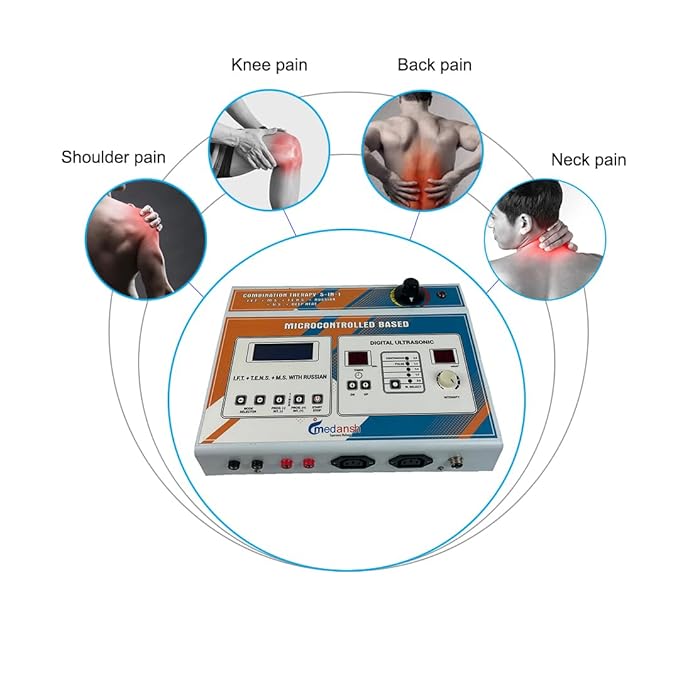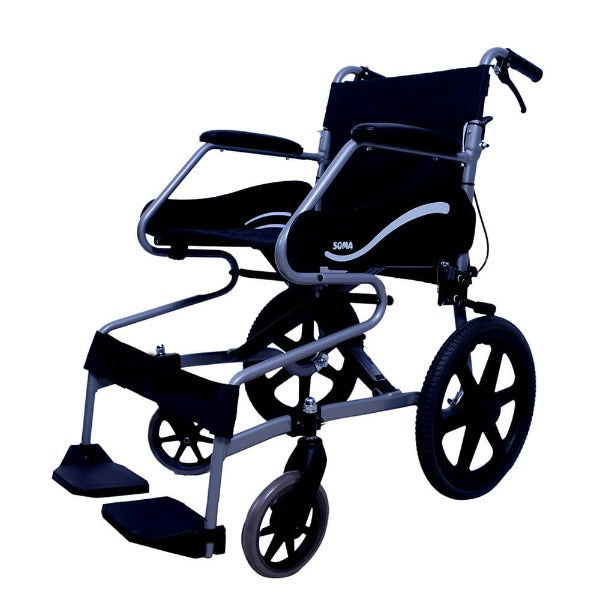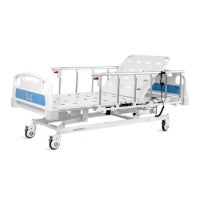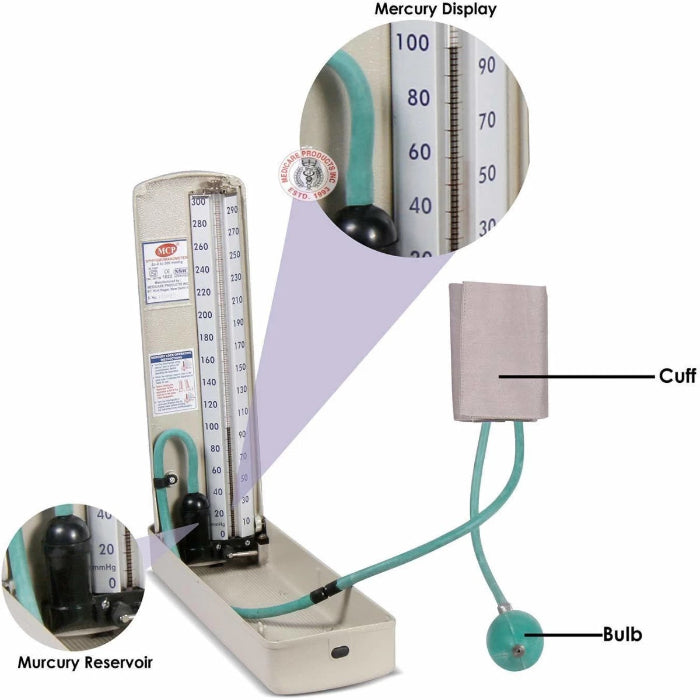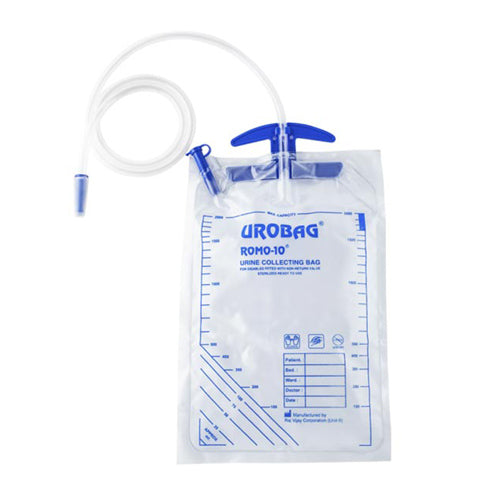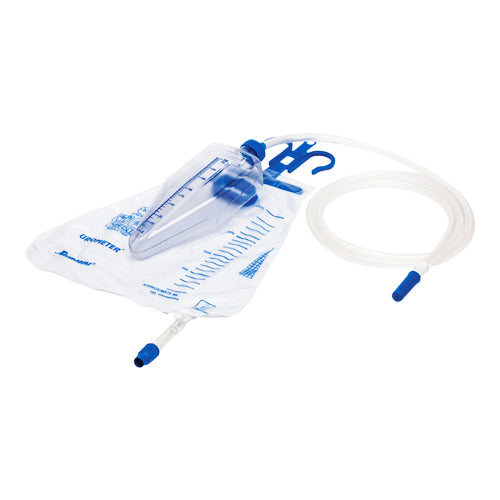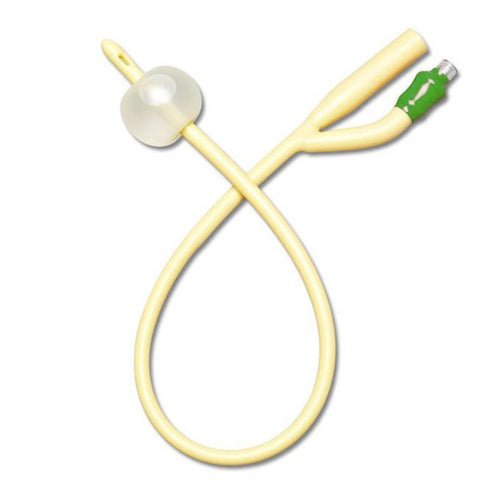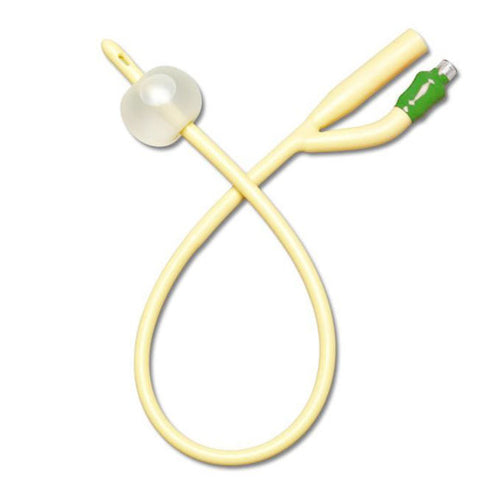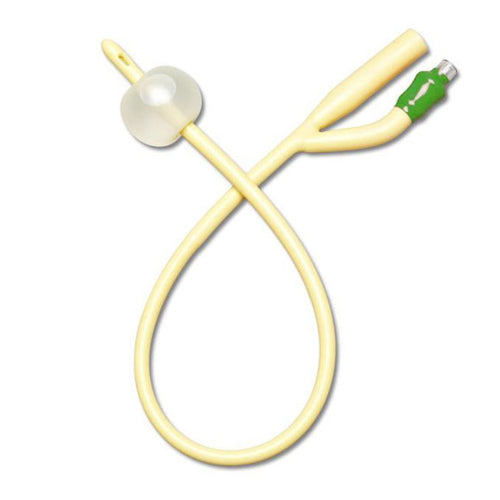Filter
5 products
Type: Nursing
Uro Bag Romo 10 DB-1070-10 (Pack of 10)
Type: Nursing
Urometer DB 1068 (Pack of 10)
Type: Nursing
Uro Cath 3 Way Adult GS-1094 (Pack of 10)
Type: Nursing
Uro Cath 2 Way Pediatric GS-1072 (Pack of 10)
Type: Nursing
Uro Cath 2 Way Adult GS-1072 (Pack of 10)
Collection:
Urology
Urology: A Clear, Practical Collection Guide for Care Teams
Introduction
Urology looks after the urinary tract in all patients and the male reproductive system. It covers the kidneys, ureters, bladder, and urethra; in men, it also includes the prostate and testes. Because many cases need quick answers, teams rely on accurate tools, clear pathways, and dependable urology equipment. This guide explains the field in plain language and highlights core urology products used every day in clinics, wards, ICUs, and OTs. You’ll find how to match sizes, connectors, and accessories so your urology equipment integrates smoothly with existing setups. With the right combinations, staff can diagnose at the first look, treat in the same sitting when appropriate, and turn beds faster—while maintaining safety, consistency, and cost control.
What the Field Covers
Care in urology often starts with common symptoms—pain, frequency, urgency, burning, or blood in urine. Yet causes differ, so a stepwise plan helps: first history and basic tests; next, direct viewing with scopes; finally, treatment in the same sitting when safe. Because teams coordinate with gynecology, nephrology, pediatrics, oncology, and primary care, choosing compatible urology products and reliable urology equipment matters. When urology equipment fits existing setups and urology products follow clear instructions, procedures flow better and stay safe.
Core Areas
Lower urinary tract
Focus: urethra and bladder. Typical tasks include cystoscopy, biopsy, tumor removal, and workups for infections or bleeding. With clear vision and steady irrigation—supported by dependable urology equipment—decisions are fast.
Upper urinary tract
Focus: kidneys and ureters. Teams handle stones, strictures, and blocked flow. Ureteroscopy, laser fragmentation, and stenting are common; the right urology products keep access smooth and drainage reliable.
Male reproductive system
Focus: prostate and testes. Care spans BPH, cancer pathways, pain, and infertility. Accurate imaging and well-sized urology equipment improve precision and reduce OT time.
Key subspecialties
Endourology, oncology, female pelvic health, pediatric care, and reconstruction. Smaller scopes and gentle accessories reduce trauma; standardized urology products and simple checklists help teams stay confident.
Why Direct Visualization Still Leads
Many symptoms overlap. For example, frequency may come from infection, obstruction, or overactivity. Therefore, seeing the tract directly remains vital. Cystoscopes and ureteroscopes give a live view. In addition, they allow biopsy, small resections, dilation, or stone work in one sitting. As a result, repeat visits drop and recovery begins sooner.
However, vision only works when the basics are right. Clear optics, stable flow, leak-free seals, and clean sampling ports keep the field sharp and the team calm. Finally, validated reprocessing protects both patients and devices.
Where the Devices Fit in Daily Practice
Hematuria
Cystoscopy locates bleeding, screens for tumors, and rules out stones or foreign bodies. Often, you can biopsy during the same session. Good irrigation keeps the view crisp.
Recurrent infections / voiding issues
Endoscopic review detects strictures, trabeculations, or obstructive lobes. Then, therapy may be dilation, resection, or stenting. Smooth connectors and correct French sizes prevent slowdowns.
Stone disease
Ureteroscopy plus laser fragmentation treats ureteral and intrarenal stones. Baskets and graspers help complete clearance. Later, stents maintain flow. Choice depends on size, site, and patient factors.
Oncology
Resectoscopes and biopsy tools support bladder tumor pathways, from first resection to surveillance. Bright images and leak-free seals reduce errors and shorten OT time.
Pediatric and female care
Smaller scopes and gentle accessories reduce trauma and improve comfort. Clear labeling and size charts help teams pick the right set the first time.
Product Primers (Fast Buyer Notes)
Uro Bags (Standard Bedside) — Romo 10 DB-1070-10
What it is
A sterile urine-collection bag for wards, OT, ICU, and home care. It connects to a Foley catheter for closed drainage and easy volume checks.
When to choose
Pick bedside bags when patients need continuous drainage, close monitoring, or limited mobility. They reduce spills and keep linens dry.
What to check before buying
-
Capacity (e.g., 2000 mL) with clear marks
-
Anti-reflux valve and leak-proof outlet tap
-
Drip chamber and backflow control
-
Tube length that suits bed height and patient position
-
Sterile, ready-to-use, single-pack format
Who it’s for
Hospitals, nursing homes, rehab units, and home-care teams who need reliable drainage and simple logs.
Urometer (Accurate Hourly Output) — DB-1068
What it is
A system with an hourly measuring chamber and a larger reservoir. It gives precise, time-stamped urine output for tight fluid control.
When to choose
Use for major surgery, sepsis, shock, cardiac and transplant cases, or any risk of kidney injury. Hourly charts support fast, safe decisions.
What to check before buying
-
Fine calibration (5–10 mL) for accurate I&O
-
Air-vented, anti-reflux design
-
Easy-reset chamber with clear hour labels
-
Needle-free sampling port
-
Strong hanger and tubing suited to bed rails and OT trolleys
Who it’s for
ICU, OT, PACU, step-down, and high-dependency wards that must track fluid status with confidence.
Quick Selection Tips for Buyers
-
Confirm sizes early. Match French sizes, working channel diameters, and instrument fit. Then, leaks and friction drop.
-
Match energy and loops. Check generator compatibility for loops and fibers. This prevents poor cuts and fogging.
-
Standardize disposables. One spec across wards reduces training time and stockouts.
-
Protect optics. Follow IFUs, avoid kinks, and change seals on schedule. Vision stays clear and repairs fall.
-
Scale in phases. Start with diagnostics. As volumes grow, add semirigid or flexible platforms, baskets, and stents. Cost stays controlled, and teams learn in steps.
Benefits of Buying from MeddeyGo
Clinically curated
We stock the items teams use every day—cystoscopy accessories, drainage bags, urometers, guidewires, baskets, sheaths, and stents. Each SKU has a clear task, so choices are simple and fast.
Clear, trustworthy specs
Listings show the details that matter: French size, balloon volume, tube length, valve type, pack info, and care notes. As a result, staff can match devices to local protocols without guesswork.
Compatibility first
Connectors and ports are selected to fit common ward and OT setups. Therefore, setup is quick, and mis-fits are rare. In turn, leaks and flow drops go down.
Stable supply and support
We focus on ready stock, quick dispatch, and access to spares. In addition, our team helps with compatibility checks and disposable mapping, so turnover stays smooth.
Right value
Transparent pricing and practical bundles make upgrades easier. You pay for what you use. Nothing more.
FAQ
What can a cystoscope diagnose?
It shows the urethra and bladder in real time. You can check bleeding, strictures, infection, tumors, stones, and foreign bodies. In many cases, you can also biopsy or treat small lesions in one sitting.
Rigid or flexible cystoscope—how do I pick?
Rigid scopes give bright images and a steady platform for procedures. Flexible scopes are gentler, which helps in complex anatomy. Many centers keep both and choose per case.
Semirigid vs flexible ureteroscope—when is each best?
Use semirigid for the distal ureter. Choose flexible for the proximal ureter and intrarenal work, especially calyceal stones. Image quality, deflection, and service life should guide the final choice.
What accessories are essential for ureteroscopy?
Guidewires, access sheaths, laser fibers, baskets or graspers, and stents. This set supports safe access, efficient fragmentation, complete clearance, and reliable drainage.
How do I size sheaths and channels?
Confirm French sizes and working channel diameters against your biopsy cups, laser fibers, and retrieval tools. Good matching protects flow and prevents scope damage.
What should I review in resectoscopes for TUR?
Check loop compatibility, irrigation stability, and ergonomic controls. Clear vision and steady flow make resections faster and safer.
Do endoscopic approaches truly cut recovery time?
Yes. Natural passages or small tracts mean lower trauma. Many cases shift to day care when the patient is a good candidate and the setup is right.
How do I extend scope life?
Handle tips and deflection controls gently, avoid light-cable kinks, follow validated reprocessing, and replace seals on time. Vision stays sharp and costs stay down.
Can I build a phased setup on a budget?
Yes. Start with diagnostic cystoscopy and core accessories. As volumes grow, add semirigid ureteroscopy and stone tools. Later, scale to flexible platforms and PCNL kits. Mapping SKUs early keeps procurement simple.


